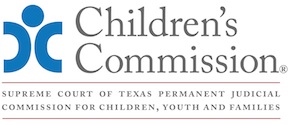
Mexican Consular Relations
|
A. Background
|
|
B. Definitions
|
|
C. Required Procedures
|
|
Checklists with Cites
|